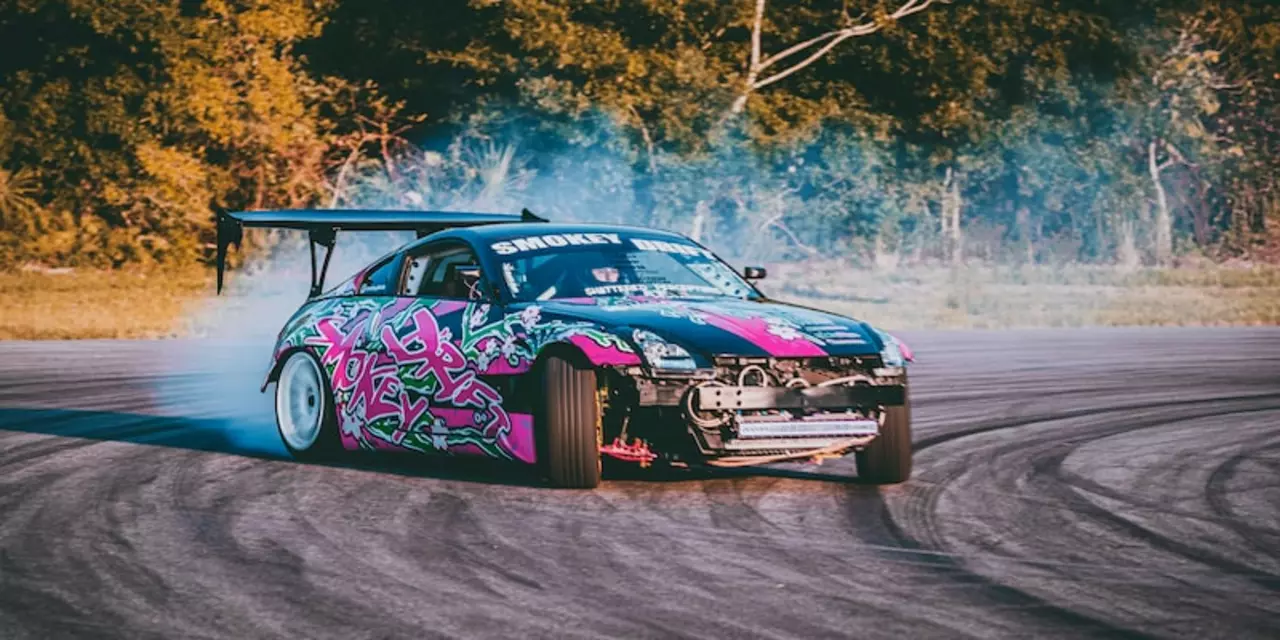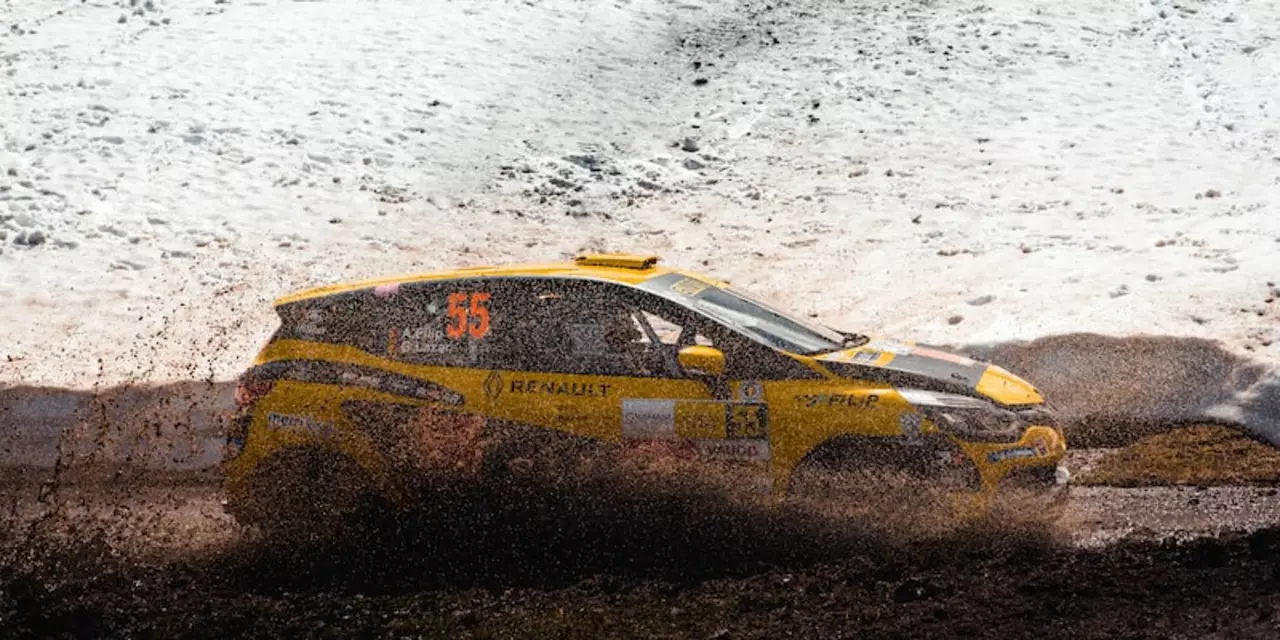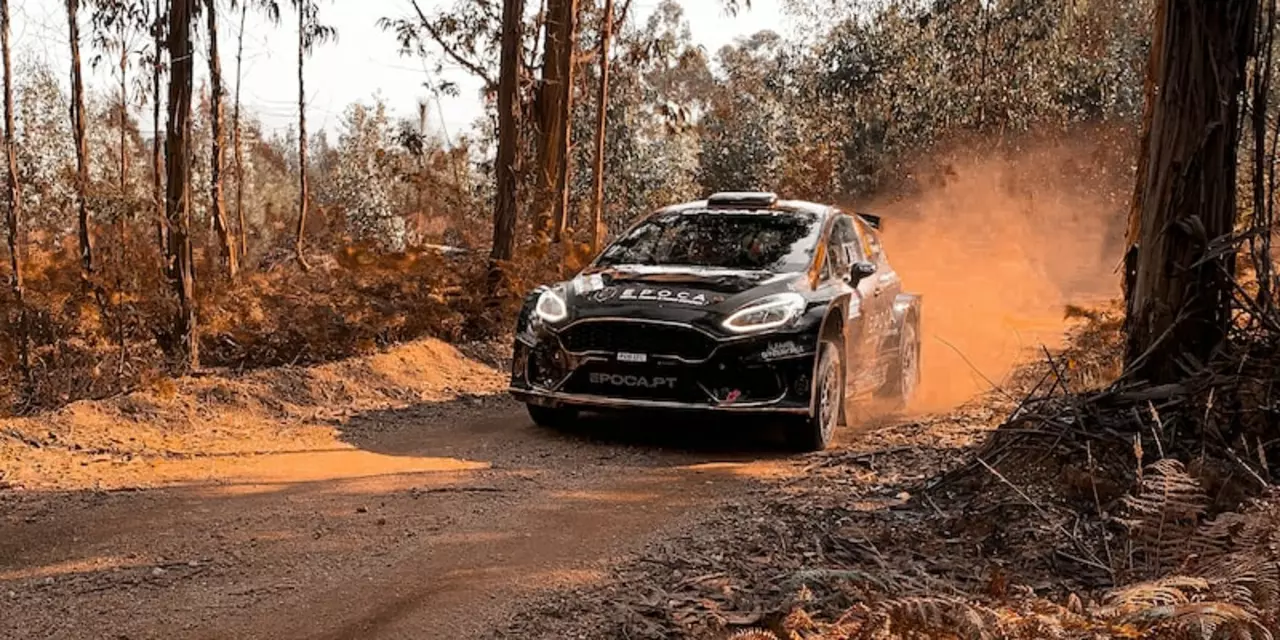Motorsport Hub: All About Rallying in the UK
Welcome to the place where rally fans get the info they need, fast. Whether you’re chasing the roar of a rally car, wonder why they drift around bends, or you’re new to the sport and just want the basics, you’re in the right spot. This page pulls together the most asked‑about topics from our community, so you can get clear answers without digging through endless articles.
What makes rallying exciting?
Rally cars drift because drivers use a technique called “weight transfer.” By flicking the throttle and turning the steering wheel, they shift the car’s weight to the rear wheels, keeping the front wheels light enough to slide. This lets the car stay fast on loose surfaces like gravel or snow while still under control. It looks wild, but it’s all about physics and skill.
The sound you hear from a rally car is almost always the same. That’s because the FIA sets strict rules on engine size, exhaust design, and even the octave range the engine can produce. The result is a recognisable roar that lets spectators know a car is near, and keeps the excitement level steady throughout a stage.
Why two people in a rally car? One driver focuses on handling the car, while the co‑driver reads pace notes that tell exactly what’s coming up – sharp turns, jumps, surface changes. The navigator’s job is to keep the driver aware of anything the driver can’t see, which is vital when stages can change from tarmac to mud in seconds.
FAQs from our community
Do rally drivers remember the track or rely on the navigator? The best drivers use both. They memorize key sections to react quicker, but they still trust the co‑driver for detailed info like surface grip and hidden hazards. Forgetting either side can cost seconds or cause a crash.
What’s the difference between rally and rallycross? Rally is a long‑distance, multi‑stage event on public roads that can be asphalt, gravel, or snow. Rallycross, on the other hand, is a short, high‑intensity race on a closed circuit that mixes dirt and tarmac. Rally cars are often close to road‑legal models, while rallycross cars are heavily modified for more power and tougher suspension.
These answers cover the most common questions, but there’s always more to learn. Check out the individual articles below for deeper dives into each topic. And if you have a question of your own, jump into our forum – the rally community loves a good chat.
Verstappen Wins Las Vegas GP as Norris and Piastri DQ’d for Plank Violation
Max Verstappen won the 2025 Las Vegas GP after McLaren's Norris and Piastri were disqualified for excessive plank wear, shifting the F1 championship to a three-way battle with two races left.
Read MoreWhy do rally cars drift around corners?
Rally cars drift around corners due to their incredibly advanced driving techniques, which enable them to take corners at high speeds while maintaining control. This is often done by transferring the car's weight, creating a balance between the front and rear wheels. This technique allows the car to maintain traction and grip, even on slippery surfaces. The driver also must use the throttle to control the car's speed and direction, allowing them to round the corner with precision. This technique is not only thrilling to watch, but it also helps the driver to maintain control and finish the course quickly.
Read MoreWhy do rally cars mostly sound the same?
Rally cars have an iconic sound that has become synonymous with the sport, but why do they all sound so similar? It turns out that rally cars must adhere to strict regulations imposed by the FIA (Federation Internationale de l'Automobile) in order to be eligible to compete in sanctioned events. These rules require that all cars have similar engine displacement, exhaust systems, and fuel injection systems, which limits the potential sound of the vehicles. Additionally, rally cars are limited to a particular octave range, which further homogenizes the sound of each car. This makes it easier for spectators to identify when a car is approaching, and also helps to maintain a consistent level of excitement throughout the race.
Read MoreWhy do Rally cars have two drivers?
Rally cars have become iconic symbols of motorsport and have been popularized in films, video games, and other media. Rally cars are different from traditional race cars in that they are driven on a variety of surfaces, including asphalt, gravel, and dirt. To be successful in a rally, two drivers are needed: a driver and a navigator. The driver is responsible for driving the car and navigating the course, while the navigator reads the directions and provides navigation instructions to the driver. The navigator is also responsible for keeping track of the progress of the car, alerting the driver of any obstacles or course changes. By working together, the driver and navigator can complete the rally course in the fastest time possible.
Read MoreDo rally drivers remember track or rely just on navigator?
This article examines the role of the navigator in rally driving. It looks at the debate between experienced rally drivers who prefer to remember tracks and those who rely solely on their navigator. The article suggests that the navigator is essential to success in rally driving, as they can provide vital information not available to the driver, such as the type of surface ahead, the condition of the road, and the precise route. However, experienced drivers need to remember the track as well to make the best use of the navigator's information. Ultimately, a combination of driver memory and navigator input is necessary for success.
Read MoreWhat is the difference between rally and rallycross?
Rally and rallycross are two motor sports that have some similarities but differ in many ways. Rally is a multi-stage event which tests a driver’s ability to navigate through a course, while rallycross is a one day event that takes place on a closed track with both dirt and asphalt surfaces. Rally stages are usually long and consist of a variety of road surfaces and conditions, whereas rallycross is held on a short track and involves high speed maneuvering around tight corners. The cars used in rallying are usually modified road cars, whereas rallycross cars are highly modified with higher power outputs and improved suspension. Finally, rally is usually held on public roads, whereas rallycross is held on purpose-built tracks.
Read More






